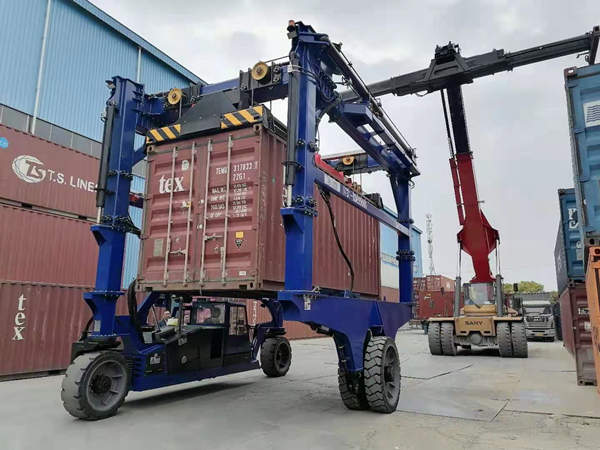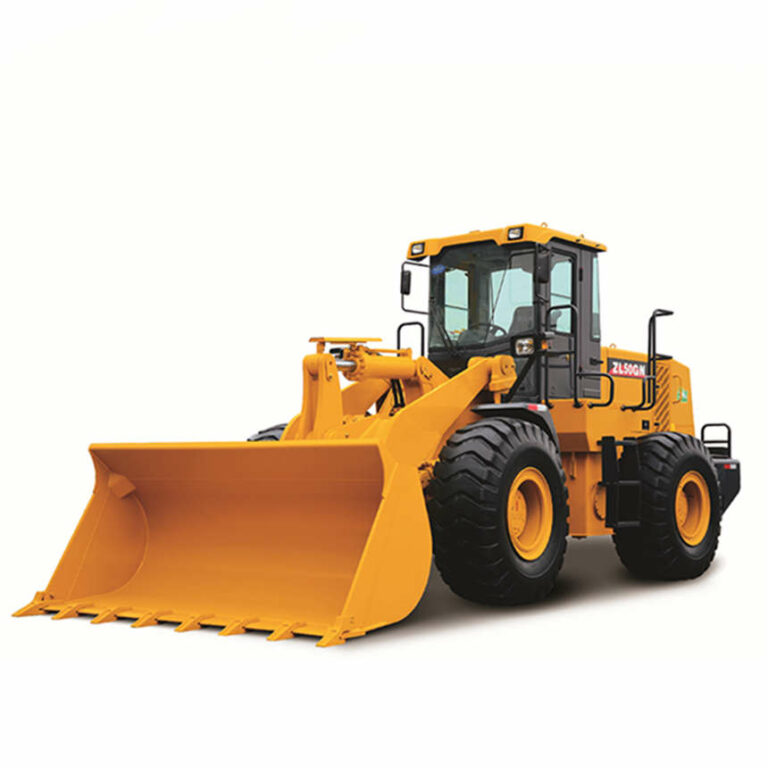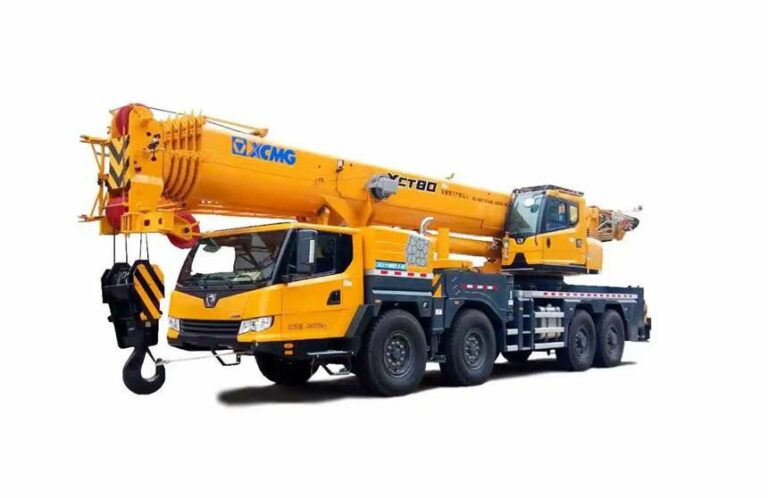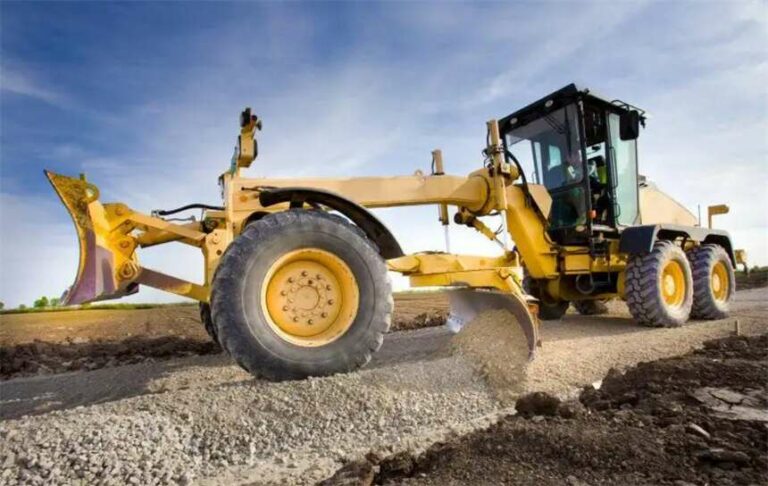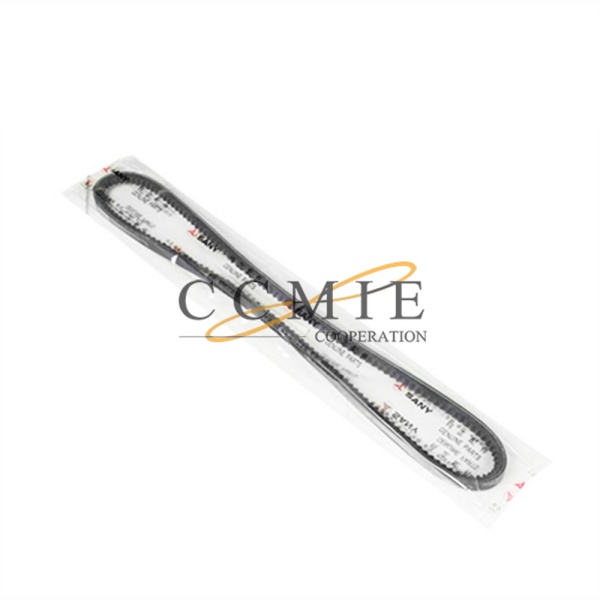How to check container straddle carrier parts?
With the continuous improvement of the port, the container crane is also constantly improving. The port straddle carrier plays a key role in the entire hoisting. In order to ensure safety, non-destructive testing is usually carried out. Through timely investigation, you can know where there are faults so that remediation can be carried out quickly and accidents can be avoided. This article will introduce how to check container straddle carrier parts. I hope you can gain something after reading it.
The main beam of the container straddle carrier is subjected to numerous repeated alternating loads, pressures and other loads during long-term use, which will cause metal fatigue damage to lead to various defects. reduce its safety. Detecting and evaluating the active defects of the main beam is an important measure and means to avoid the occurrence of safety accidents.
The weld inspection of the container straddle carrier is divided into offline inspection and online inspection. Off-line inspection refers to the quality inspection of the welding seam by the crane before leaving the factory or in the non-working state after the components are welded. Offline inspection is a necessary guarantee of product quality. On-line inspection refers to the quality inspection and monitoring of the weld seam when the crane is in service, which is a necessary guarantee for safe production.
Magnetic particle inspection is generally used to detect surface cracks on the hook head. In addition to the hook thread relief groove and the root of the neck, the bending part of the hook (that is, the dangerous section) should also be the focus of fatigue crack inspection. Longitudinal magnetization inspection using a combination of the coil method and the yoke method can better detect cracks. The coil method can find defects perpendicular to the coil axis, and the neck and thread parts of the hook can be detected by the coil method.
There is also non-destructive testing for other parts. Ultrasonic testing can be used for the detection of important load-bearing shafts such as the trolley travelling shaft, pulley shaft, and reel shaft of the door crane. Because ultrasonic testing has strong penetration and is sensitive to cracks at variable cross-sections, it is convenient to use in the detection of shafts.
